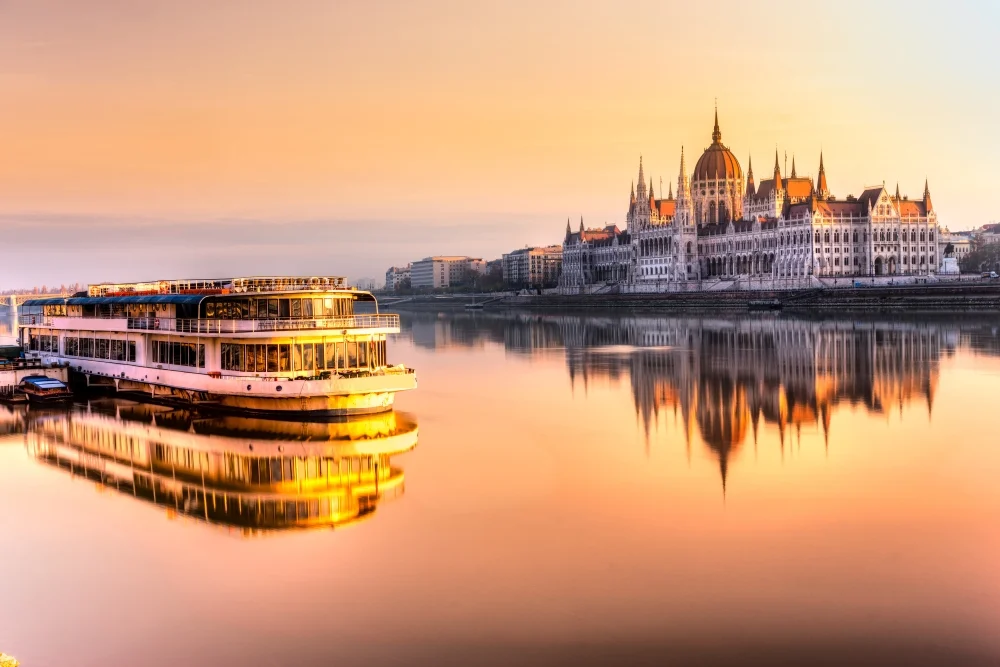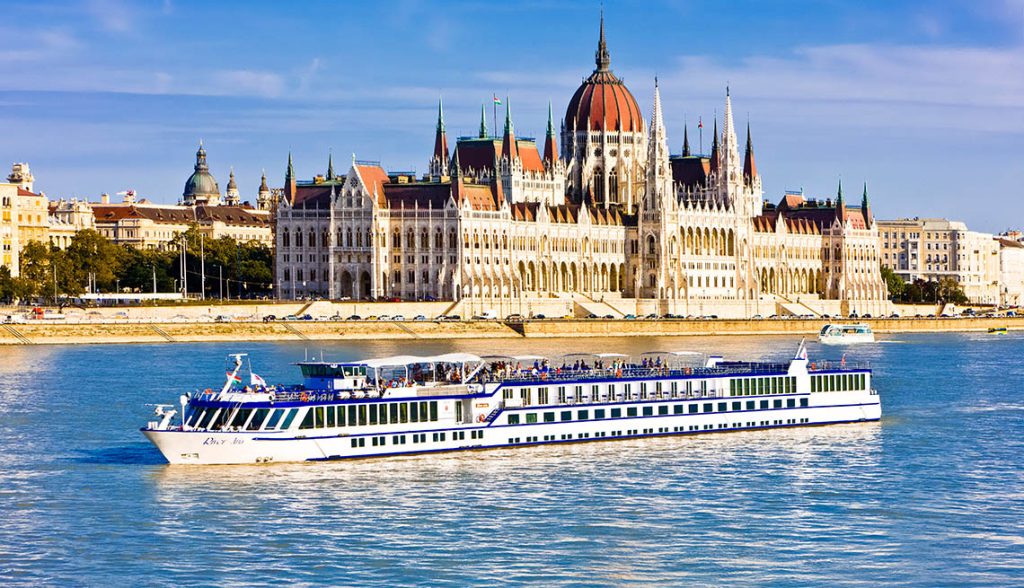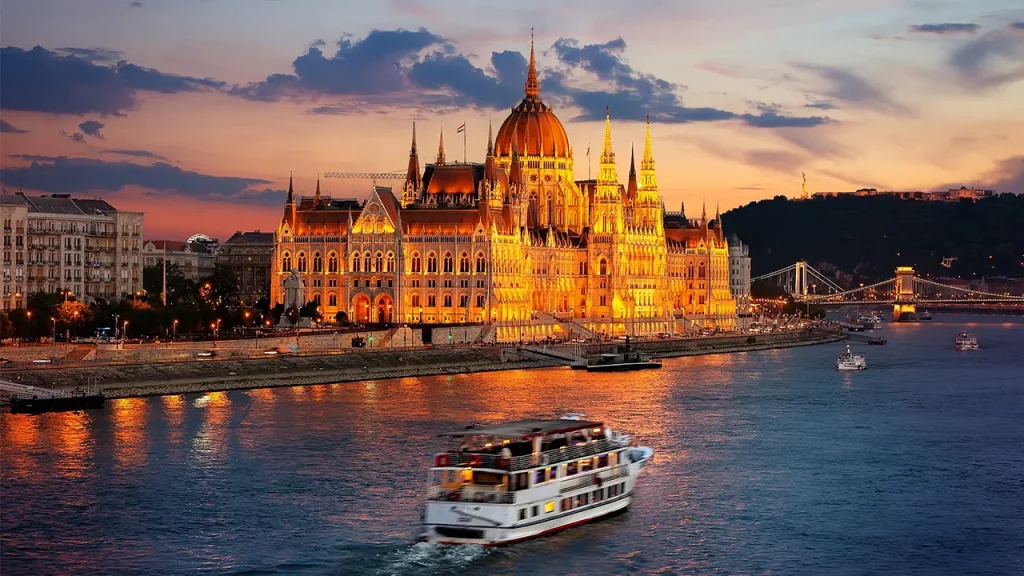
The Danube doesn’t just flow through Budapest — it defines it. In 2025, this historic river isn’t standing still. New cruise formats, fresh routes, and more immersive onboard programs are turning a familiar attraction into something personal, atmospheric, and full of discovery. Whether you’ve sailed it before or are planning your first ride, this year offers a deeper, richer way to meet the Danube.
New Routes That Rethink the Classic Danube
This year’s updates shift the focus from mass sightseeing to more personal, flexible, and detailed explorations. Forget generic postcard stops — 2025 is all about depth. One of the most talked-about options is a route stretching from Budapest to Passau, passing through Vienna, Bratislava, and Linz, each with optional day extensions and curated cultural walks.
You can hop off in Vienna to learn how strudel is actually made — not from a YouTube video, but from a local grandmother. In Bratislava, some tours now include street art and coffee tastings alongside the usual Old Town strolls. These aren’t just destinations on a list — they’re chapters of a living river story.
And Budapest is the anchor point for all of it. Many choose to begin or end their river danube cruise budapest with a day or two exploring the city’s bathhouses, ruin bars, or Danube-side cafés. These new routes aren’t just longer – they’re layered. You can now cruise for a week and feel like you’ve lived in each place, not just passed through it.

Sunset Cruises That Turn Evenings Into Events
The classic evening cruise? Still here — but upgraded. Instead of just a sightseeing loop, you can now board a boat that feels more like a lounge bar or a live venue. Picture this: the Parliament glowing on the water while a local jazz band plays on deck, and your glass of prosecco is never empty.
The 75-minute prosecco cruises have become surprisingly popular among locals too, not just tourists. It’s a casual, social way to reconnect with the city — a floating terrace with a front-row view of landmarks like Buda Castle and the Chain Bridge. And the golden hour light? It does most of the storytelling.
For those after a deeper dive into Hungarian tradition, there are evening cruises with live folk music and traditional goulash served onboard. It’s not a performance — it’s a celebration. The musicians often walk between tables, taking song requests and bringing Budapest’s old soul right to your seat. Some nights even include storytelling from local historians.

Culture Stops That Go Beyond the Guidebook
Budapest’s Castle District is still on every itinerary, but what’s new is how you’re invited to experience it. Now you can choose a walk led by an art historian who focuses on overlooked frescoes, or follow a literary route through the footsteps of Hungarian writers and poets.
In Vienna, travelers no longer just stop at Schönbrunn Palace — they’re now invited to a waltz class inside one of its old salons. Instead of passive listening, you’re dancing through history. It’s hands-on culture, with just the right touch of elegance.
In Bratislava, the shift is from “old vs. new” to “past meets present.” Some cruises now include detours to local wine cellars outside the city center, where Slovak winemakers explain how their process survived the Communist era and why their white wines are finally getting international attention. These stops feel less like tourist check-ins and more like meaningful encounters.
The Danube in 2025 isn’t just a river to admire from a boat – it’s becoming a stage for culture, cuisine, and connection. With thoughtfully redesigned routes, atmospheric sunset sails, and authentic cultural encounters, the experience goes far beyond sightseeing. Whether you’re sipping wine under Parliament’s golden glow or listening to folk songs drifting across the deck, this is travel that lingers – not just in memory, but in mood. Budapest may be your starting point, but the Danube ensures the journey stays with you long after the boat docks.
